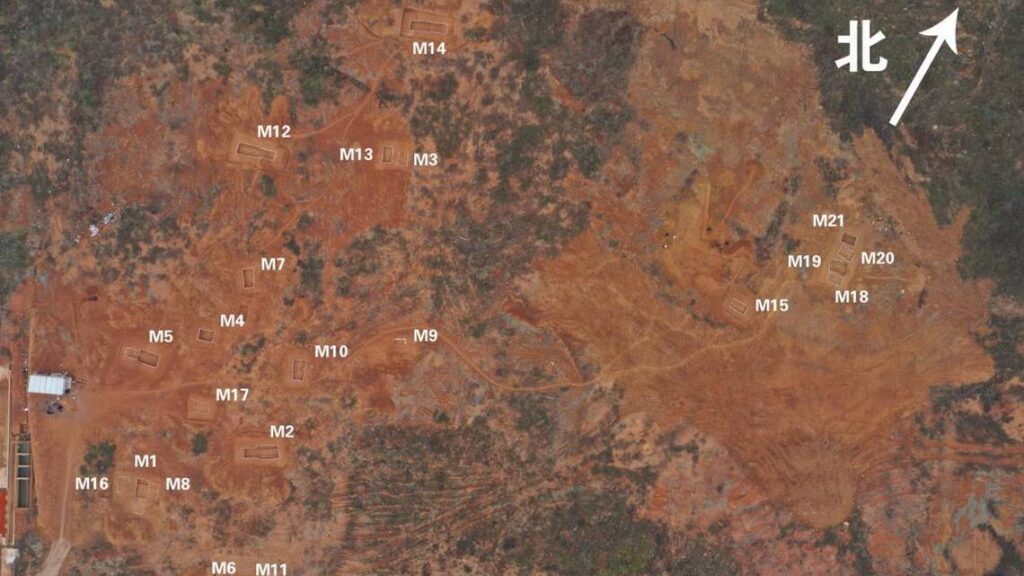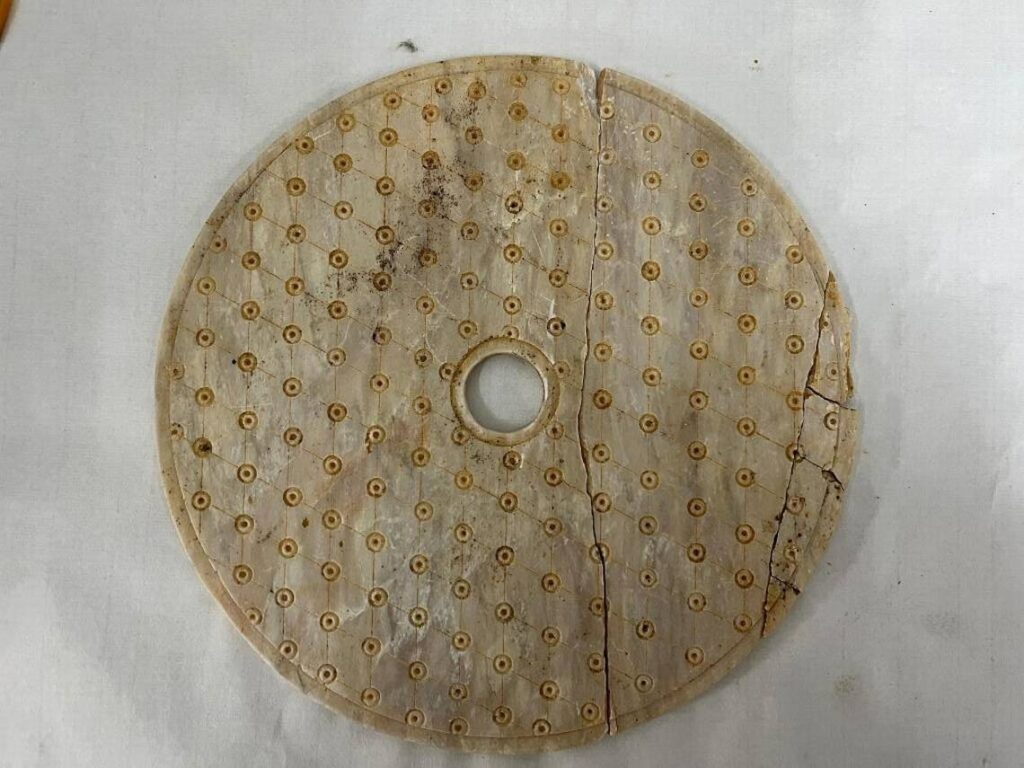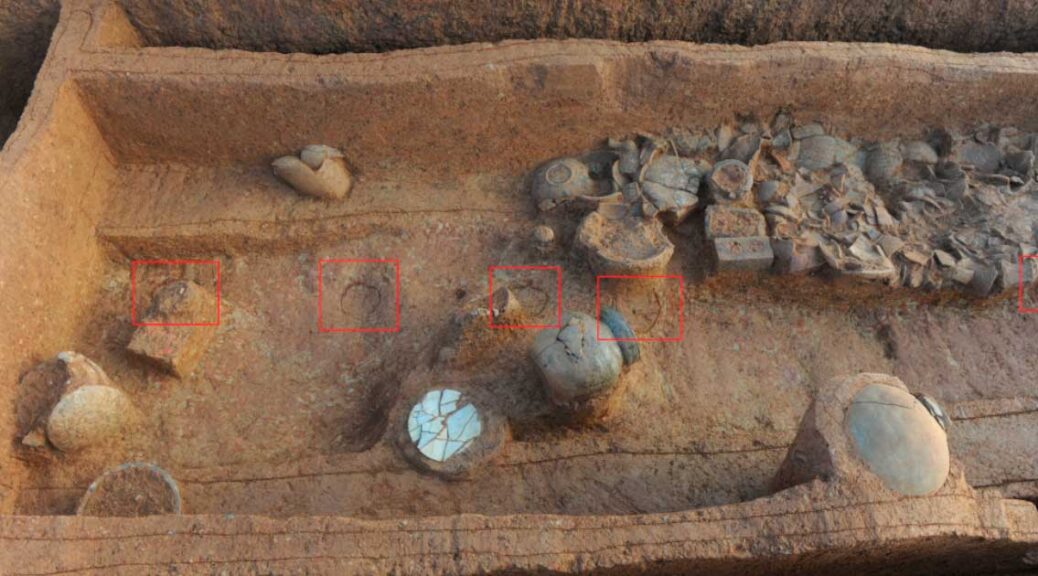Archaeological Treasure Trove! 21 Royal Han Tombs Unearthed in China

Along a mountainside in China, a collection of tombs with a potentially regal past lay buried for millennia—but not anymore.
Archaeologists excavating an archaeological site in Changsha unearthed 21 vertical pit tombs containing over 200 artifacts, the Institute of Archaeology at the Chinese Academy of Social Sciences said in a Tuesday, Jan. 10 news release via Xinhua, China’s state-affiliated news outlet.
Many of the tombs were found side-by-side, aerial photos of the site show. On one end of the site, three tombs are in a row. On the other end, four tombs are lined up together. Pairs of tombs may have been the joint burial of a husband and wife, the release said.

All of the tombs are about the same age, dating back 2,000 years to the Western Han Dynasty, the release said.
The Western Han Dynasty was the earlier half of the Han dynasty and lasted from about 200 B.C. to 25 A.D., according to Britannica.
Because of the particular arrangement and similar age of the burials, archaeologists concluded the collection of tombs is likely a family buried together in an ancient mausoleum.
The tombs were found on a mountainside near a royal tomb, the Taohualing Han Tomb, and a burial area.
Considering this proximity, the 21 tombs may be the royal family, archaeologists said.

One of the rare tombs unearthed in Changsha had relatively complete traces of an outer coffin shaped like “Ⅱ” or like double ‘I’s, the release said.
A line of five decaying pillars was also found in the tomb, photos show. These ruins indicate the tomb might be a double layer structure, a tomb structure rarely found in the Hunan province.
The collection of tombs can be grouped into two types: tombs with passageways and tombs without, archaeologists said. The tombs mainly contained pottery artifacts, researchers said.
However, also unearthed were: two iron relics, walls covered in glaze, a mineral known as talc, and a tan-colored talc disk with a rhombus and circle pattern. Photos show the talc disk.

In addition, archaeologists found coins, pottery stoves, pots, and utensils at the site, according to a news release from the Hunan Provincial Institute of Cultural Relics and Archaeology.
Other sections of the Changsha archaeological site have not yet been excavated but may contain more findings, Hunan officials said. Changsha is the capital of Hunan Province and about 665 miles southwest of Shanghai.
